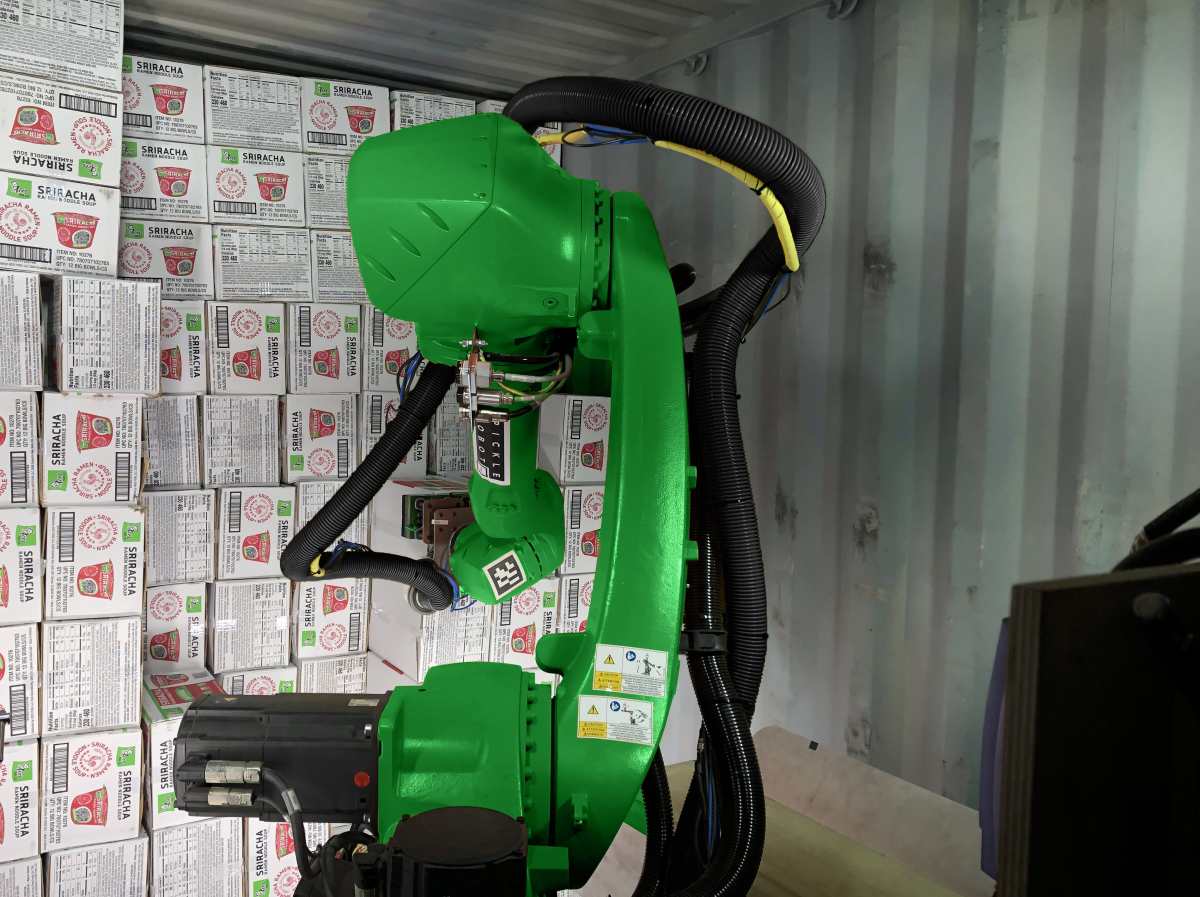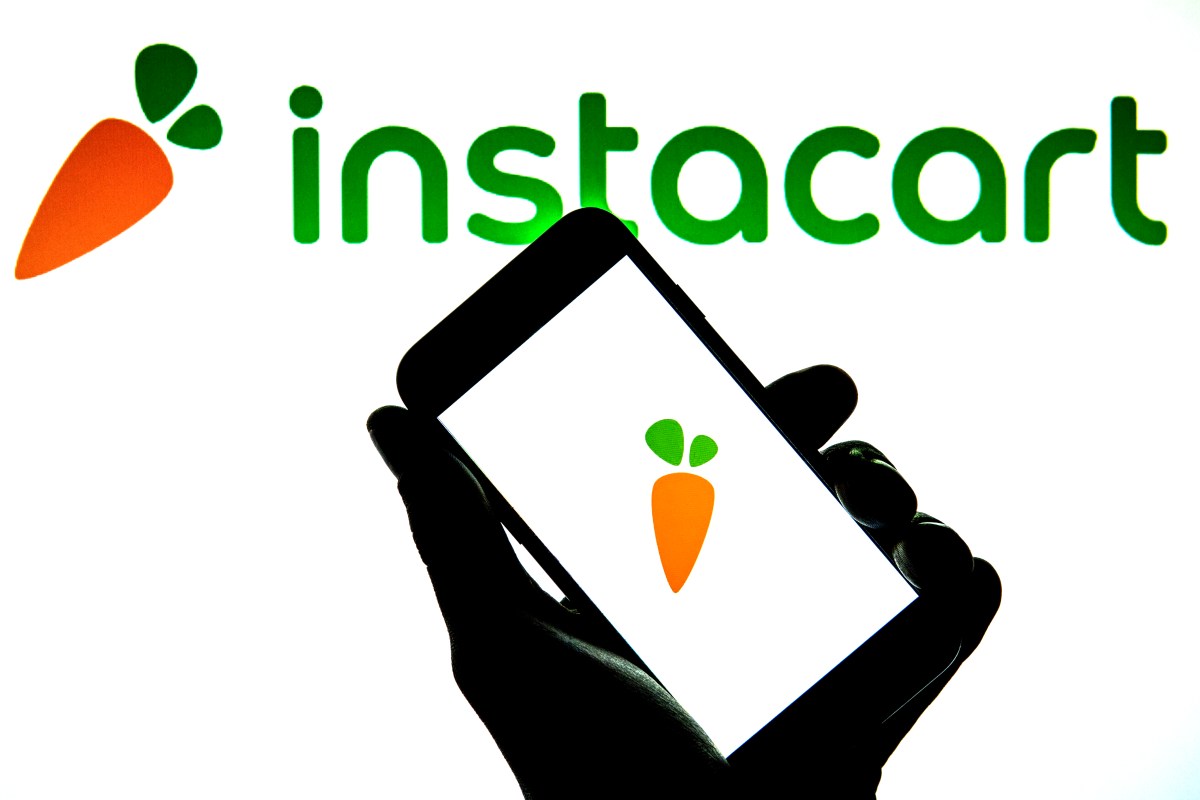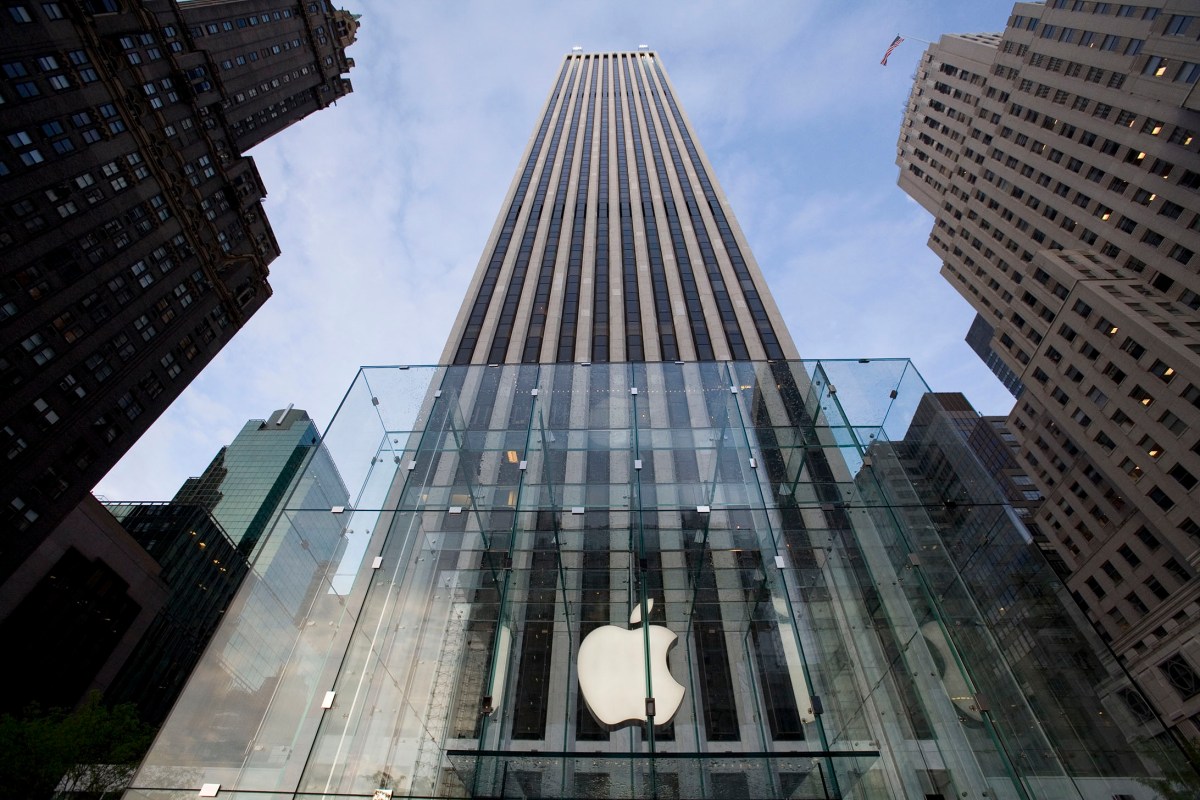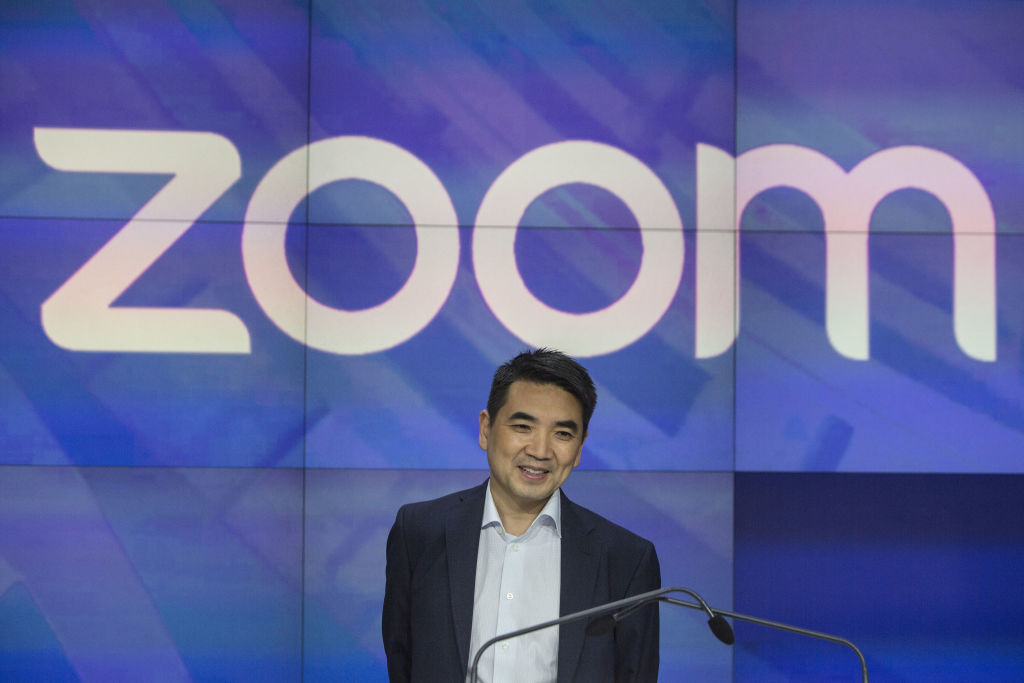Zero-Cost Passive Income: The Global Shared Power Bank Partner Guide

In China, shared power banks have already become part of everyday life — available on nearly every street corner. Yet globally, this industry is only at the dawn of its explosive growth. From Europe to Southeast Asia, a worldwide wave of “charge anytime, anywhere” is rapidly taking shape.
For ordinary individuals, this wave hides a unique opportunity — a low-barrier, even zero-cost way to earn passive income by becoming a shared power bank partner. You don’t need to quit your job, open a store, or invest heavily. With the right connections and resources, you can build a steady stream of income simply by linking supply with demand.
A Global Blue Ocean Market
Shared power bank rental stations are intelligent kiosks deployed in high-traffic areas such as shopping malls, subway stations, and airports. They provide users with temporary power banks for rent, solving the universal “low battery anxiety” problem. Beyond convenience, these stations are also becoming essential tools for brick-and-mortar businesses looking to enhance customer experience and engagement.
According to a report by QYResearch, the global market for shared power bank rental stations was valued at USD 526 million in 2024 and is expected to reach USD 1.63 billion by 2031, growing at a CAGR of 14.4%. The industry is clearly in a rapid expansion phase — but regional development varies widely:
- Asia: In South Korea, leading company Piggycell commands 95% market share with over 14,000 stations and 4 million users. Meanwhile, Southeast Asia is still in its early stages, with companies like Cheyoll pioneering deployment in Singapore, Malaysia, and Indonesia.
- Europe: In the UK, Litashared has built a robust nationwide network, demonstrating the viability of scalable partnership models. Demand in countries such as Germany and France is also growing, driven by tourism and eco-friendly initiatives.
- North America: As the birthplace of the sharing economy, acceptance of shared charging services is rising fast, revealing significant untapped potential.
This uneven regional growth creates diverse market opportunities. By partnering with an established brand and leveraging a proven business model, you can easily replicate success in emerging markets and share in the growth dividends.
Partnership Models: A Flexible Path to Wealth Creation
What makes the shared power bank partnership model so appealing is its flexibility and low risk. Depending on your resources and goals, you can participate at different levels:
Promoter Partner (Zero-Cost Entry):
Simply help expand the brand’s presence and develop local business locations. You’ll earn commissions based on station deployment or revenue share — a truly “passive income” model ideal for those with local connections but limited capital.
Regional Partner:
With a small deposit, you can obtain operating rights for a specific area and enjoy profit sharing from all stations within it. The brand provides equipment, a technology platform, and full operational support, while you focus on local outreach and relationship management.
City Partner:
A higher investment tier with greater independence and higher revenue share. This model suits entrepreneurs with business experience and the ability to manage operations locally.
A strong brand will back partners with comprehensive training, technical support, and localized operations guidance, helping them quickly launch and scale their businesses abroad.
Practical Guide: How to Launch from Zero to One
1. Identify Promising Markets
Based on maturity and competition, consider markets in three categories:
- Mature Markets:
Countries like Singapore and the UK, where consumers are already familiar with rental services. These markets offer fast returns but higher competition — ideal for well-connected partners. - Growth Markets:
Nations such as Malaysia, Indonesia, and Thailand with large populations or booming tourism sectors. For example, Malaysia’s market is heating up rapidly, with major players already entering. - Emerging Markets:
Vietnam and the Philippines are experiencing fast smartphone adoption and digital payment expansion — ideal for patient partners focused on long-term development.
2. Choose a Reliable Brand Partner
Selecting the right partner is the foundation of your success. Look for a brand with:
- Comprehensive Certifications:
Power bank products should comply with global safety standards (CCC, UL, CE, etc.), essential for entering regulated markets. - Strong Technical Ecosystem:
Multi-language system customization, local payment integration, and flexible pricing models. Some brands even provide smart management platforms with real-time data and maintenance alerts, lowering operational difficulty. - Fair Revenue Sharing:
Transparent income reports and prompt settlements — ensuring trust and long-term cooperation.
3. Smart Location Selection
Location determines profitability. Ideal deployment zones include:
- Tourist Hotspots:
Airports, train stations, and attractions concentrate massive daily foot traffic. In Europe, for instance, 2024 tourism nights exceeded 3 billion, signaling high short-term rental demand.
- Commercial Venues:
Shopping malls, cafés, restaurants, and pedestrian streets — all with strong consumer flow and high power demand. Kuala Lumpur’s thriving nightlife economy, for example, creates frequent recharging needs.
- Event Venues:
Concerts, sports events, and exhibitions yield 3–5x higher device turnover during event periods, making them excellent short-term profit zones.
To improve decision-making, use a three-dimensional evaluation model:
- Traffic Index: Analyze heat maps and historical visitor flow.
- Spending Power: Assess average income and merchant pricing nearby.
- Competition Density: Monitor existing rental devices within a 300-meter radius to avoid price wars.
Localized Operations
Success abroad requires true local adaptation:
- Payment Localization: Integrate with regional e-wallets (e.g., GoPay, OVO in Indonesia) — not just credit cards.
- Channel Localization: Partner with local chains, convenience stores, and cafés to build network effects.
- Team Localization: Hire local staff who understand customer behavior, language, and cultural nuances.
Conclusion: The Right Time to Act
The overseas shared power bank market remains a vast blue ocean, and the partner model drastically lowers the entry barrier. With the recovery of global tourism and growing dependence on mobile devices, demand for on-the-go charging will only continue to surge.
In this emerging global opportunity, choosing the right partner matters more than working harder.
A reliable technology provider — equipped with certified products, advanced smart systems, transparent revenue sharing, and full operational support — can empower you to start earning from day one.
Many partners across Southeast Asia, Europe, and North America have already launched profitable networks under this model.
Now is the perfect moment to step in — before the market becomes saturated.
Act today to explore partnership opportunities and receive a personalized market analysis and business plan for your region.
The post Zero-Cost Passive Income: The Global Shared Power Bank Partner Guide appeared first on Entrepreneurship Life.



















































